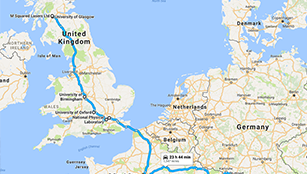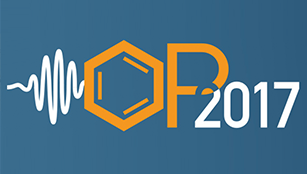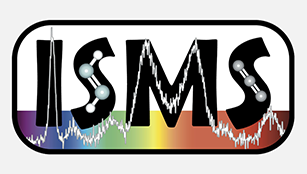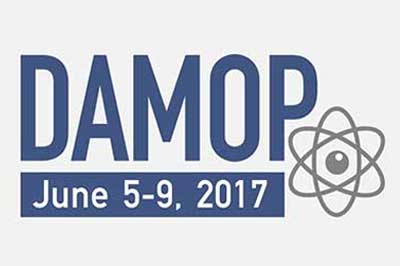In a partnership with the University of Glasgow's Quantum Technology Hub in Quantum Enhanced Imaging, Quantic - we have developed an infrared imaging system that could offer low-cost, real-time detection of methane gas leaks in pipelines and at oil and gas facilities.
Methane is the primary component of natural gas and leaks can be costly, dangerous and contribute to climate change.
Invisible to the naked eye, the development of our single-pixel camera creates a colour sensor that colour-codes the information from methane gas and enables the camera operator to see where the gas is present.
Dr Graham Gibson from the University of Glasgow partnered with us to develop the system that can show the gas leaks in real-time. The technology can also be extrapolated to detect a whole host of gases and chemicals.
The new technology is significantly less expensive than other commercial systems to detect methane gas through imaging and is able to work in all environmental conditions. The single-pixel camera also has the potential to become a portable instrument to be used, for example, on firefighters’ helmets to see gases as they enter burning buildings.
“One of the challenges from a commercial point of view has been translating infrared technology to bigger markets where price points are sensitive,” said Dr Graeme Malcolm OBE, our CEO and co-founder. “This new technology could allow infrared imaging and sensing to become more readily available and help improve the environment by reducing gas losses in the oil and gas industry.”
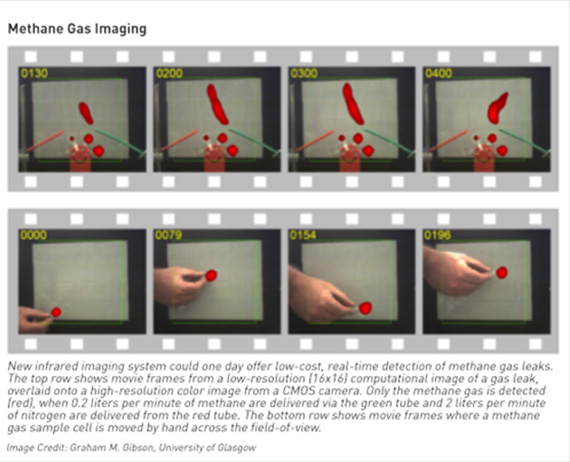
Next, researchers will demonstrate the single-pixel camera technology in real world conditions, and to try the approach with more powerful lasers. This could enable viewing the gas from a greater distance and with greater sensitivity.
The research was originally published in The Optical Society journal, Optics Express.


